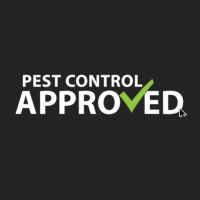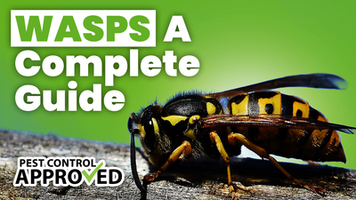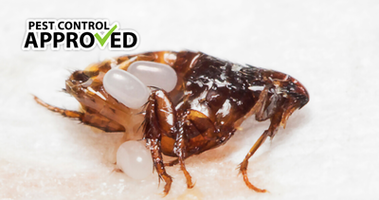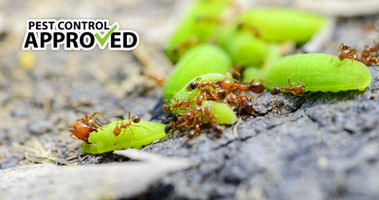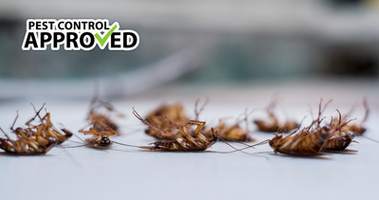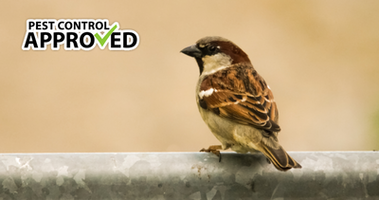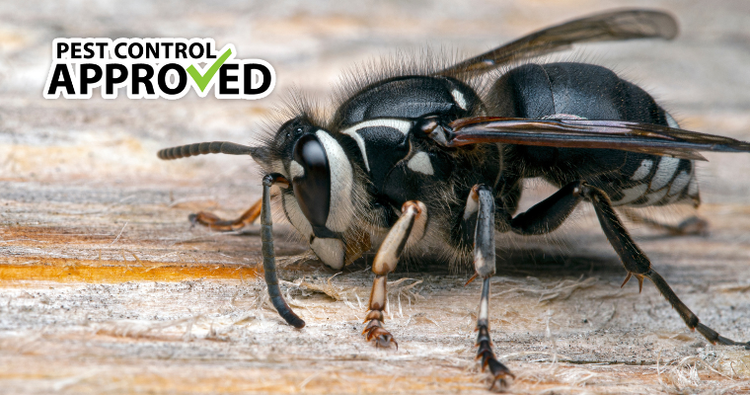
Bald-Faced Hornets
Bald-faced hornets, also known as the white-faced hornet or black jacket, is a member of the wasp family. Although it is not a true hornet, it is commonly referred to as a hornet due to its aerial nest and enormous size. Each colony can contain almost 700 hornets.
NAME: Bald Face Hornet
LOCATION: North America
HABITAT: Large forested areas or dense vegetation
DIET: Carnivores
SIZE: Various
PREDATORS: Female Bee Moths, Humans
LIFE EXPECTANCY: Four months
Size
Although sizes can vary from colony to colony, most Bald-Faced Hornets are barely over one inch long. Some are as small as ¾ of an inch and some as large as 1 ½ inch. Often, the size is typical of a colony. If one hornet of the colony is smaller, it is common for the rest of the colony to be smaller as well. The queen is typically the largest Bald-Faced Hornet of the colony. She can be as much as 1/2 inch larger than the rest of the colony.
Appearance
The Bald-Faced Hornet bears a striking resemblance to the Yellow Jacket. Their bodies are shaped in a similar manner. However, the colors of the body are different. The Bald-Faced Hornet has a primarily black body with a face that has a white pattern. The crisp white color makes the hornet appear to be bald in that area, hence the name Bald-Faced Hornet. Most of this species also has two lines on their abdomen.
Diet
It is common for the Bald-Faced Hornet to feed on smaller insects as prey. They do drink nectar from flowers to feed to their young until they are old enough to feed on smaller insects. This hornet enjoys the occasional snacks of fruit and tree sap. Their favorite meal of the day is a large fly, such as deer flies. Bald-Faced Hornets are wonderful for keeping the insect population under control nearby.
Habitat
The Bald-Faced Hornet is found throughout North America. It can be seen in Canada and both the western and eastern parts of the United States. It is most common in the Southern United States. This is because the climate is warmer, and this part of the United States does not experience extreme temperature changes.
This species prefers thick vegetation in forested or urban areas. This is likely due to the higher insect population that can be found in these areas. In addition to that, nectar from flowers and tree sap are necessary to help babies survive and are a must for a colony of Bald-Faced Hornets.
Once in a suitable location, a nest is built at least four feet off the ground. Sometimes these are found in the doorways of sheds, and other times they are found several feet in the air in trees. The nests are comprised of a paper-like material. It is made from the queen chewing up wood, which is then mixed with saliva to make it the perfect texture to build a nest. These nests range in size, with some being two feet long. They consist of the same shape and have the same honeycomb shape on the interior that other hornet and bee nests are known for.
Reproduction
Every Bald-Faced Hornet starts out as an egg that is cocooned into the nest. They hatch, are fed, and then emerge as full-grown adults. They do not reproduce after this. Instead, they live out their life expectancy and then die. The cycle repeats itself each year because the queen survives every year. The queen is the only one that survives. She does this by hibernating through the winter. When she emerges from hibernation, she immediately lays eggs in the nest to start the cycle again.
Predators
One of the main predators that these hornets have to worry about is female bee moths. They tunnel through the nest, destroying eggs and the nest itself. These aren’t the only predators that destroy the nest, though. Foxes and raccoons are also known for tearing down the nests and eating the eggs.
Humans are another predator that the Bald-Faced Hornet has to worry about. If a nest is too close for comfort, they will destroy the nest, including the queen, in an effort to avoid being stung. Often, this occurs when a nest is close to a human’s house.
Life Span
Both in the wild and in captivity, these animals will only live for approximately four months. Every year, the entire colony will die except for the queen. During the next season, new eggs will hatch and the cycle will complete itself again.
Contact one of our listed professionals today if you are experiencing a Bald-Faced Hornets nest! Click HERE

